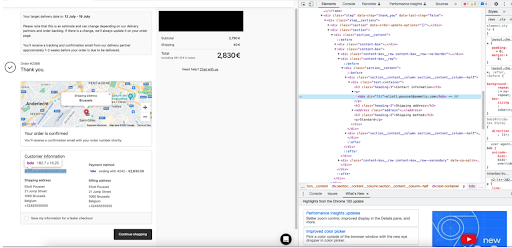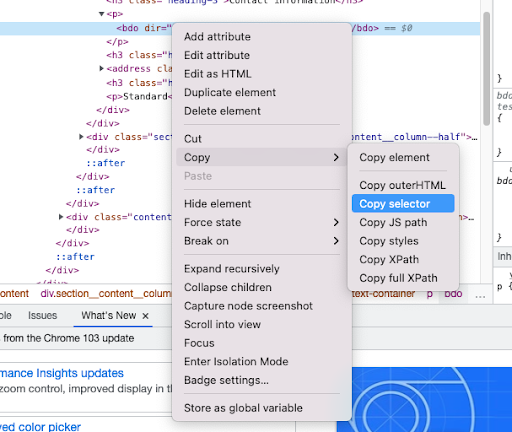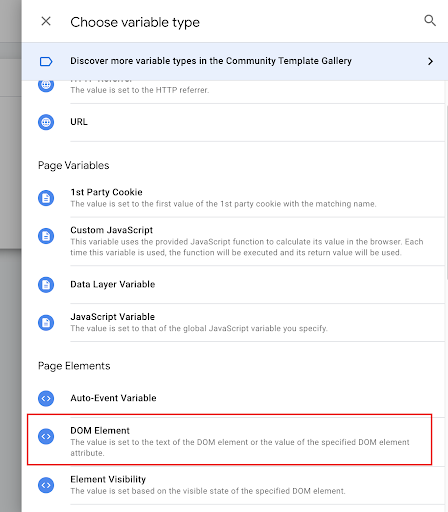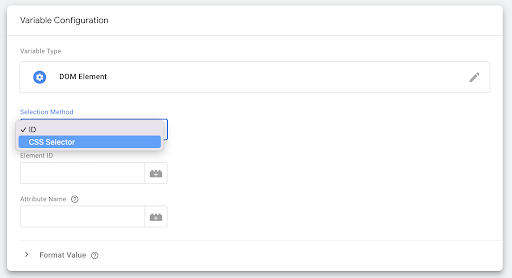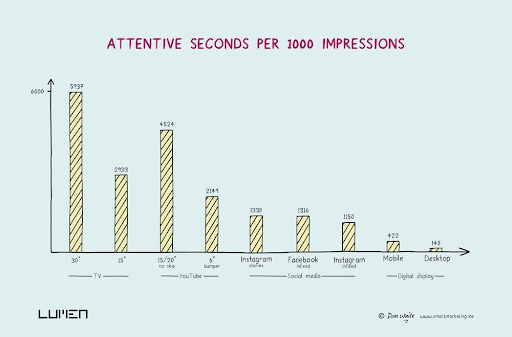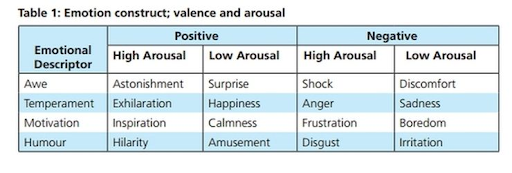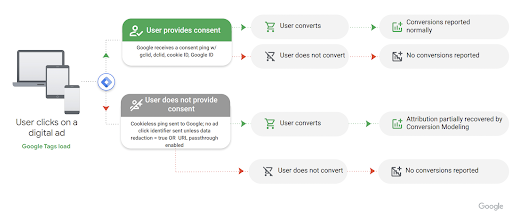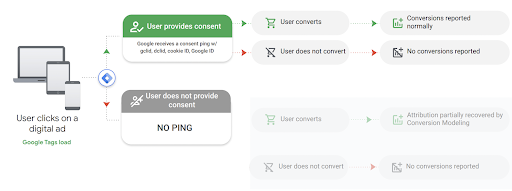In today's world, where the Covid crisis has dramatically changed consumer behavior, it is essential for advertisers to adapt their strategies to the blurring lines between online and offline retail. As consumers increasingly go through online touchpoints during their purchasing journey, they have also become more demanding about the accuracy of the information they find online.
One solution to improve your advertising strategy in this environment is to make use of Local Inventory Ads, a format offered by Google. This feature, available in some countries for a few years, has recently become available in Belgium. This is why we advise you to activate it, if it is relevant for your business. It allows to promote your products to relevant users based on their Google searches and their proximity to your stores by providing them with useful information, including the availability.
What are Local Inventory Ads?
Local Inventory Ads is a feature from Google that allows you to showcase your products and store information to nearby shoppers who are searching for what you have to offer. This can help you reach potential clients who are looking for products similar to what you have in stock, and provide them with the information they need to find your store and make a purchase.
In terms of format, Local Inventory Ads actually look like shopping ads and appear at the very top of search results with your product image and price. There are based on a product feed so there are only relevant for e-commerce with physical locations where customers can go to purchase.
When there is a click on a Local Inventory Ad, consumers come to your local store. Your local storefront can be either a Google-hosted page or a landing page on your website, if it meets specific requirements. In the implementation, you will therefore have to decide which storefront is the most relevant in your strategy.
Here is the information consumers have access to on your local storefront:
- Stock
- Address
- Opening hours
- Phone number
- Website
And if a consumer lands on the product page on your website, he can immediately make the purchase online.
The benefits of using Local Inventory Ads (LIA)
- Connecting your physical stores to your online strategy: Over 80% of shoppers search for products online first, so using LIA can help you reach potential customers who are looking for what you have to offer.
- Boosting your brand awareness: Local shopping ads enable you to showcase your products directly at the top of the search results, which can help more consumers discover your business and increase your brand awareness.
- Increasing your sales: Because these ads boost your brand awareness, you can reach more potential customers online and drive more sales and revenue for your business.
- Driving more traffic to your physical store: Google local product ads can also help you drive more foot traffic to your physical store. By showcasing your store's address and opening hours, shoppers can easily find your storefront and discover more of your products.
- Tracking your success: You can easily track the results of your ad campaign and view how your digital ads are impacting your in-store sales. This can help you optimize your strategy and improve your results over time.
Conclusion
Google Local Inventory Ads are a great way to reach your local audience when they're ready to make a purchase. This can help your business earn more sales and revenue by letting potential customers know that your store has the products they need at a nearby location.
For our Belgian clients for whom it is relevant, we strongly recommend implementing Local Inventory Ads, which are a valuable addition to their digital strategy.
{snippet olivialohest-en}

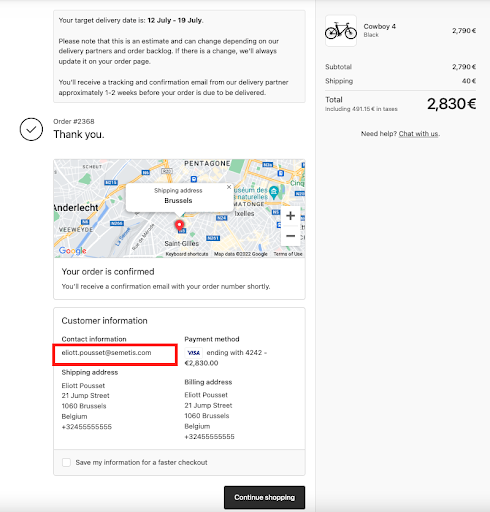 3. Use your mouse to right-click on top of it and select Inspect. For example, if you are trying to capture an email address, make sure you are right clicking the email address (e.g.
3. Use your mouse to right-click on top of it and select Inspect. For example, if you are trying to capture an email address, make sure you are right clicking the email address (e.g. 